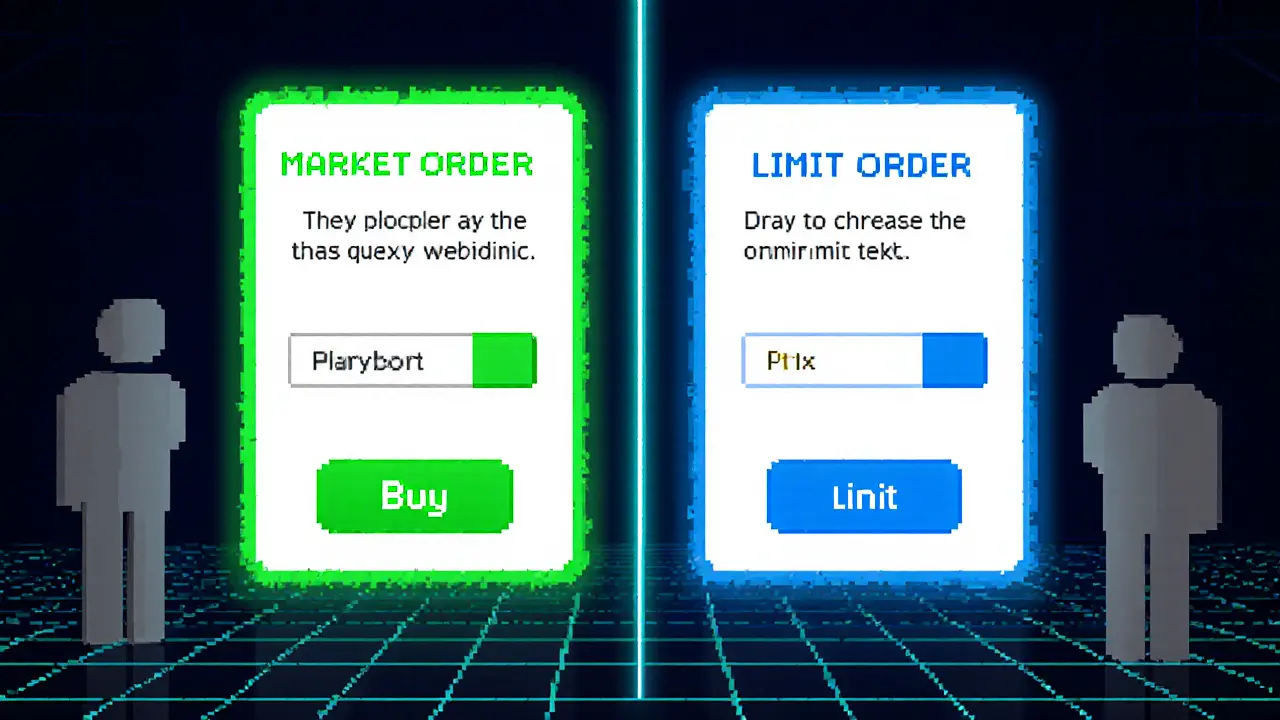Trading Execution in Crypto Markets
When dealing with trading execution, the process of turning a trade order into an actual transaction on a market. Also known as trade execution, it is the bridge between a trader’s intent and a confirmed transfer of assets. Understanding this bridge is crucial because every delay, slip, or missed price can swing profit or loss dramatically.
Key concepts that shape execution outcomes
The first building block is the order book, a live list of buy and sell orders at different price levels. It shows where liquidity pools sit and how deep the market is at any moment. A thick order book usually means tighter spreads and smoother fills, while a thin book can cause big slippage when a large order hits. Next up is the crypto exchange, the platform that matches orders, handles custody, and provides market data. Different exchanges run different matching engines – some use price‑time priority, others rely on batch auctions – and each engine influences how fast and accurately a trade is executed. Then comes market depth, the amount of buy and sell volume available across price levels. Depth analysis lets traders gauge how much of an order they can place before the price moves against them. Finally, liquidity, the ease with which an asset can be bought or sold without impacting its price, determines whether an execution will be quick and at the expected rate. In short, trading execution encompasses order matching, price discovery, and settlement, and it requires a clear view of the order book, the exchange’s matching engine, market depth, and the overall liquidity landscape.
Armed with that foundation, you can start spotting the factors that make an execution good or bad. A well‑designed order‑type strategy (limit, market, iceberg) can reduce slippage, while using a venue with high‑frequency matching can shave seconds off latency. Monitoring real‑time depth charts helps you decide whether to split a large order into smaller slices. And keeping an eye on liquidity shifts – for example, after a major news drop or during a network outage – prevents surprise price jumps. Below you’ll find articles that walk through these ideas in detail: from how order books shape your fills, to the role of exchange infrastructure, to practical tips on managing slippage and latency. Dive in to turn theory into actionable execution tactics.
Market Orders vs Limit Orders: How They Work in Order Books
Posted By Tristan Valehart On 9 Jan 2025 Comments (19)

Learn the key differences between market and limit orders, how they work in the order book, and when to use each for better trade execution.
READ MORE